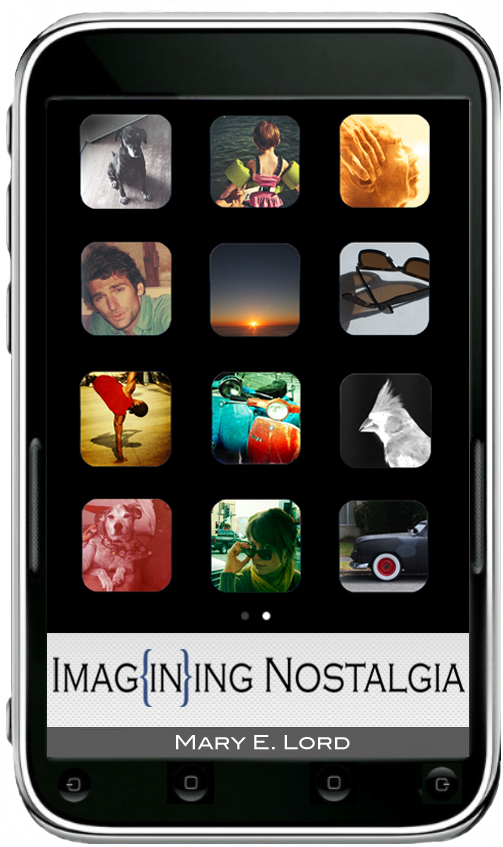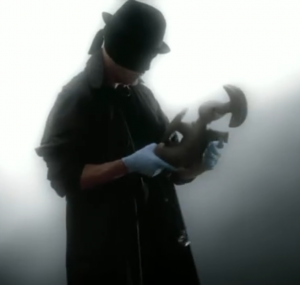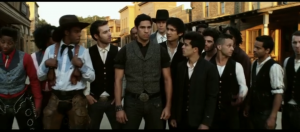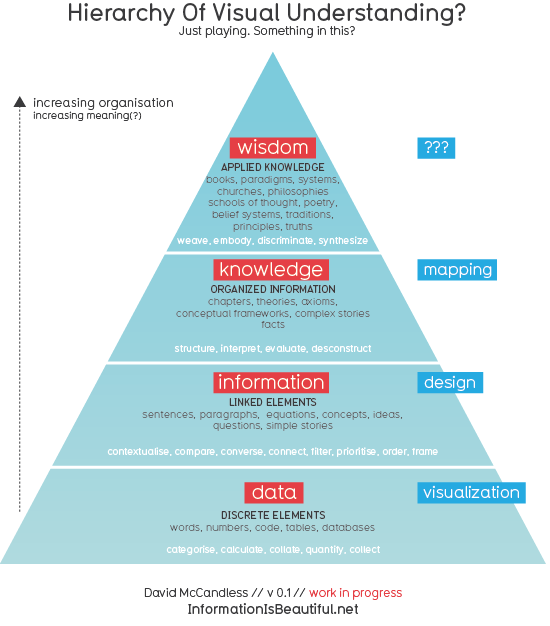My students and I were recently discussing context and how context can impact our analysis of a text, so I, of course, was scouring for the best materials to discuss context in the various ways we can interpret that. This led me to Beyonce. Or, more precisely, Beyonce’s video for “Move Your Body.”
We can, of course, analyze this video independently. Based on the setting of a school cafeteria and population of younger backup dancers, it seems natural to surmise that this video is aimed at the youngun’s of America, for instance. However, a lot of these elements gain deeper meaning when we place the video in context.
Actually, in the interest of full disclosure, I first saw this video posted on a friend’s facebook and I could see that there was something going on that didn’t conform to all the typical moves of the music video genre. Usually, there would be more time spent on glamorous close-ups of Beyonce, cut-aways to other scenes, or some austere, artsy move (e.g. lighting, quick editing, black and white). So, I went in search of this greater context that must’ve been fueling the decision to approach this video differently. And, yes, there was a reason for all these things.
This video is connected to First Lady Michelle Obama’s “Let’s Move” campaign. No, really. You can see Mrs. Obama herself doing the dougie (and the running man!):
If nothing else, it takes a brave woman to dougie for all of youtube. But, I digress.
This campaign is intended to teach children how to eat healthier and become active so that they grow up creating a healthier America. This is important context for the Beyonce video. “Waving the American flag” actually makes sense now. As does the emphasis on apples, bananas, and other fresh foods that show up in the Beyonce video. And, of course, the campaign is in direct reaction to the increase in child obesity and diabetes that have occurred in recent years. That is a specific surrounding context as well.
Above all else, the long shots of everyone dancing together rather than a video that is cut up so you can only see portions of the choreography is important and related to this campaign. They want us to copy this dance. And they enable us to do that. Not only is the Beyonce video shot so that we, the audience, can see the specific choreography, but there are subsequent videos detailing the choreography steps.
A still shot of the entire dance:
And, you know what? My students dug it. I dig it. I find this to be one of the most persuasive music videos I’ve seen and I say it’s partially because it’s so connected to this greater context. They’re so focused on the purpose they want to achieve and, because of that, they’re able to appeal to their audience in a creative, yet ingenious way. (Oh, and the fact that she can dance in those heels just blows my mind.)
They know it too:


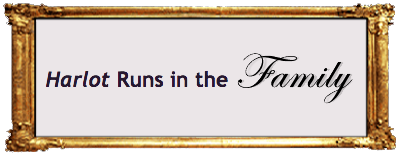 /or the role of various communities on family drew shrewd attention. Ultimately, the pieces in this issue were selected not only for their brilliant and creative insights about family rhetoric (how family members communicate with each other) and the rhetoric of family (how culture and society inform us about the meaning of family), but also because they represent an array of perspectives, experiences, and forms of expressing our connections and disconnections with family. They teach us what “runs in the family” means and how family is manufactured, lived, understood, and reproduced.
/or the role of various communities on family drew shrewd attention. Ultimately, the pieces in this issue were selected not only for their brilliant and creative insights about family rhetoric (how family members communicate with each other) and the rhetoric of family (how culture and society inform us about the meaning of family), but also because they represent an array of perspectives, experiences, and forms of expressing our connections and disconnections with family. They teach us what “runs in the family” means and how family is manufactured, lived, understood, and reproduced.